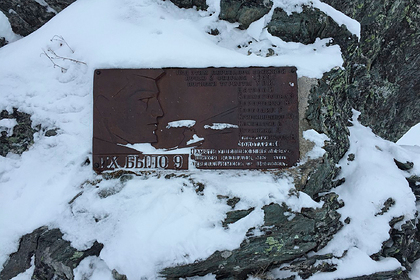
Swiss engineers have confirmed one of the hypotheses of the death of the Dyatlov group in the Urals in 1959. According to the findings of the researchers, the avalanche snowfall could lead to injuries found on the bodies of tourists. An article revealing the mystery of the incident at the Ural pass was published in the journal Communications earth & environment.
The avalanche hypothesis was previously rejected due to the gentle slope, the absence of avalanche signs, abnormal injuries to the victims, and the uncertainty of the reasons for the avalanche itself. However, in the new work, scientists have modeled the conditions typical of the area where the tourists camped. It turned out that the cause of the disaster, most likely, was the unusual mechanism of the descent of the snow slab, which was formed from the snow accumulated under the influence of the wind directly above the tent.
A combination of factors such as the uneven topography of the terrain, a section dug by tourists on the slope for a tent, and the wind driving snow onto the unstable slab led to what happened. As a result, the slab that came down from the slope fell on the tent and people who jumped out of it, frightened by the noise of the avalanche. Although the injuries sustained by the melting of snow may not have been fatal, the tourists subsequently died of hypothermia, having lost their shelter.
Nine tourists of the Dyatlov group died in the winter of 1959 in the Northern Urals under unclear circumstances. According to the official forensic data, most of the tourists froze to death, but some of them were found to be seriously injured. In the course of the investigation, various versions were worked out: the collapse of snow on the tent, the attack of escaped prisoners, death at the hands of indigenous people, as well as a quarrel between tourists.

